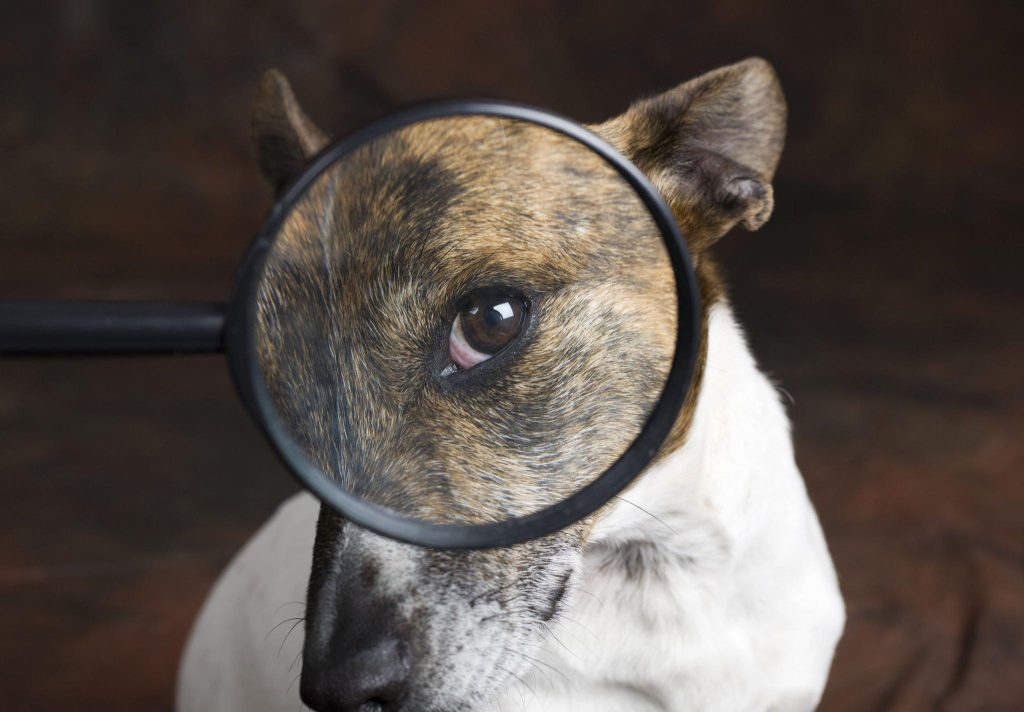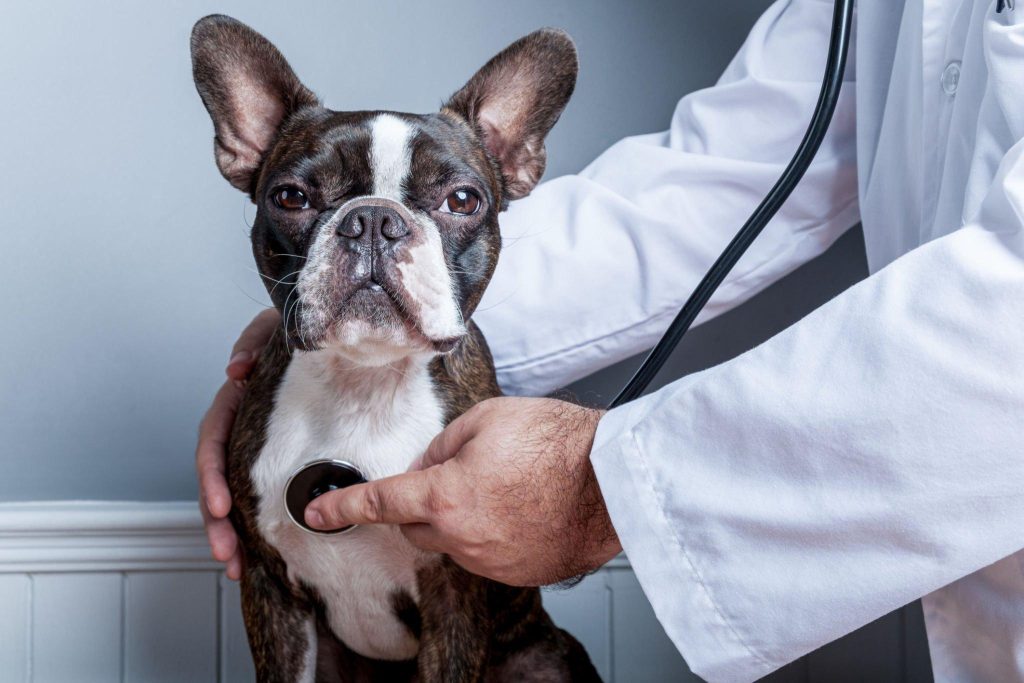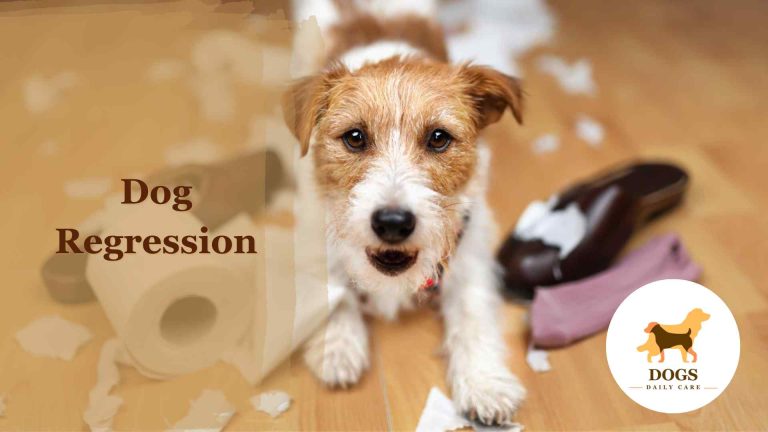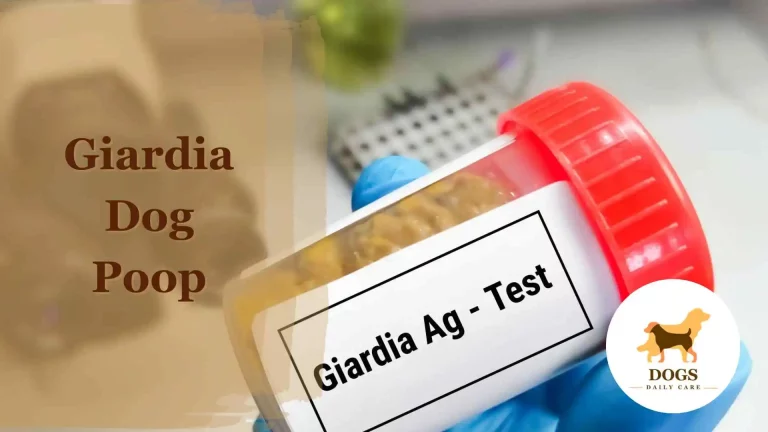Ultimate Dog Seizure Treatment Home Remedy in 2024
Seizures in dogs can be a distressing sight for any pet owner. These sudden and uncontrolled bursts of electrical activity in a dog’s brain can manifest through twitches, spasms, or even a loss of consciousness. While there are numerous reasons a dog might experience a seizure — ranging from genetics to underlying health conditions — understanding the cause and seeking timely intervention is paramount.
While there’s a wealth of information online, and many swear by specific home remedies, it’s essential to recognize the limitations of these treatments. Home remedies can often serve as complementary measures, but they should never replace expert advice from a veterinarian. After all, each dog is unique, and what works for one might not be suitable for another.
As we delve deeper into the realm of home remedies for dog seizures, it’s vital to approach with caution and always have your pet’s best interest at heart. This article aims to shed light on some popular treatments, backed by research where possible, while emphasizing the importance of professional care alongside these methods.
Spotting the Signs
Dog seizures, while distressing to witness, often come with tell-tale signs that can help pet owners recognize what’s happening. The earlier you can identify a seizure, the quicker you can respond, ensuring your furry friend’s safety and well-being.

Types of Seizures in Dogs
Seizures can vary in severity and presentation. The two most common types are:
- Focal Seizures: These originate in one part of the brain and often manifest as unusual behaviors. Your dog might show signs like twitching in one part of the body, unusual eye movements, or even brief moments of unresponsiveness.
- Generalized Seizures: More commonly known as “grand mal” seizures, these involve both sides of the brain. Signs include full-body stiffness, paddling of the legs, drooling, and in some cases, a loss of consciousness.
Key Symptoms to Watch For
Apart from the manifestations of focal and generalized seizures, there are other symptoms you should be aware of:
- Sudden bouts of unexplained aggression or fear.
- Continuous drooling or foaming at the mouth.
- Rapid eye movements, often appearing dazed or confused.
- Involuntary urination or defecation during the episode.
Being able to recognize these signs is crucial for any pet owner. While it’s always alarming to see your beloved pet in distress, understanding what’s happening can better prepare you for the necessary steps that follow.
The Role of Professional Veterinary Care
The Unparalleled Expertise of Vets

In the digital age, where information is at our fingertips, it’s tempting to rely solely on internet research when our pets face health challenges. However, veterinarians undergo years of rigorous training to understand the intricate details of animal health. Their expertise is invaluable, especially when it comes to conditions as complex as seizures in dogs.
Why You Shouldn’t Skip the Vet Visit
Every dog is unique. A remedy or treatment that helps one dog might not be effective for another. Moreover, seizures can be indicative of underlying health issues that require specialized attention. Whether it’s a brain tumor, metabolic disorder, or an infectious disease, a veterinarian can provide accurate diagnoses and suitable treatment plans. Delaying or avoiding a vet visit can not only exacerbate the problem but also lead to more severe health complications in the long run.
Balancing Home Care with Professional Guidance
While home remedies have their place, they should always be used in tandem with veterinary guidance. Think of home remedies as a supplementary measure, enhancing the primary treatments your vet recommends. Always keep your veterinarian in the loop about any home treatments you’re considering, as they can advise on safety and efficacy based on your dog’s unique needs.
Home Remedies for Dog Seizures
Exploring Natural Interventions
As the trend towards natural and holistic treatments grows, many pet owners are exploring home remedies as supplementary measures to address dog seizures. While these can offer some benefits, it’s essential to remember they should be used alongside veterinary advice, not as a replacement. Let’s dive into some popular home remedies and their potential benefits.
a. Dietary Adjustments

The food our dogs consume plays a pivotal role in their overall health. Also, it’s important to know which foods to avoid for a dog that has seizures. Some studies suggest a link between certain diets and reduced seizure activity:
Ketogenic Diet: Modeled after a diet used for epileptic humans, this high-fat, low-carb diet might help control seizures in some dogs. However, it’s essential to consult a vet before making drastic dietary changes.
b. CBD Oil

With the growing acceptance of CBD for various health ailments, its potential benefits for dogs with seizures have come to the forefront:
Benefits: CBD might help reduce the frequency and severity of seizures. Some studies have shown promise, but more research is needed.
Dosage: It’s crucial to find the right dosage and ensure the product is free from THC, which can be harmful to dogs.
c. Essential Oils

Certain essential oils, known for their calming properties, can potentially help dogs during or after a seizure:
Lavender & Chamomile: These oils can have a soothing effect. However, always dilute them and ensure they are applied in a manner safe for dogs, avoiding ingestion or direct skin contact.
d. Taurine Supplements

Taurine, an amino acid, has been linked to improved brain health:
Potential Benefits: Some studies suggest taurine can help regulate electrical activity in the brain, potentially reducing seizure occurrences.
e. Acupressure and Massage

Physical touch can be calming for dogs experiencing stress or post-seizure anxiety:
Techniques: Gentle massage or acupressure, particularly around the neck and back, can help relax a dog. However, be gentle and avoid causing any discomfort.
f. Environmental Adjustments

Minimizing stressors can help reduce the potential triggers for seizures:
Safe Spaces: Ensure your dog has a quiet, comfortable space, especially post-seizure. Reduce exposure to loud noises, flashing lights, or other potential stimuli.
Prevention and Long-Term Care
Prioritizing Lifelong Health
While seizures can be unpredictable, there are steps pet owners can take to potentially reduce their frequency and ensure their dogs have the best quality of life. Prioritizing preventative care and understanding long-term needs are essential for managing and supporting dogs with seizure disorders.
Regular Vet Check-Ups
Routine veterinary visits play a critical role in early detection and management:
- Health Screenings: Regular blood tests and examinations can detect underlying issues that might contribute to seizures or ensure that medications aren’t causing harmful side effects.
- Medication Adjustments: If your dog is on anti-seizure medication, routine check-ups allow vets to adjust dosages or explore alternative treatments as needed.
Monitoring and Logging Seizure Activities
Keeping a close eye on your dog and maintaining a seizure log can be invaluable:
- Seizure Diary: Note the date, time, duration, and any potential triggers. This information can help veterinarians understand patterns or identify external factors that may contribute to seizures.
- Post-Seizure Behavior: Observing and recording your dog’s behavior after a seizure can provide insights into recovery and any lingering effects.
Stress-Reducing Techniques
Stress can be a potential trigger for some dogs:
- Routine and Familiarity: Dogs thrive on routine. Keeping a consistent schedule and environment can reduce potential stressors.
- Comfort Measures: Things like soft bedding, calm music, or even anxiety wraps can help dogs feel more secure and relaxed.
Environmental Considerations
Ensuring your dog’s surroundings are safe can prevent injuries during seizures:
- Safe Spaces: Create an area free from hazards, such as sharp objects or stairs. If a seizure occurs, gently guide your dog to this space.
- Minimize Triggers: Be aware of potential seizure triggers, like flashing lights or certain sounds, and try to eliminate or reduce them from your dog’s environment.
Frequently Asked Questions (FAQs) about Dog Seizures
1. What causes seizures in dogs?
Seizures can arise from various factors, including genetic predispositions, brain trauma, metabolic disorders, toxins, and infections. It’s essential to consult a veterinarian to determine the specific cause for each individual dog.
2. How can I tell if my dog is having a seizure?
Dogs experiencing a seizure might show signs like muscle twitching, loss of consciousness, drooling, or involuntary urination. They might also appear dazed, show rapid eye movements, or exhibit unusual behavior moments before a seizure.
3. Are home remedies enough to treat dog seizures?
While home remedies can offer supplementary benefits, they should never replace veterinary care. A combination of professional guidance and home treatments, when deemed safe, usually provides the most holistic approach to managing seizures.
4. How often should I see the vet if my dog has seizures?
Regular check-ups, at least annually or biannually, are essential for monitoring your dog’s health. However, if your dog starts having frequent seizures or shows changes in behavior or health, immediate veterinary attention is required.
5. Can dog seizures be cured?
While some underlying causes of seizures can be treated, idiopathic epilepsy, a common cause of seizures in dogs, is a lifelong condition. The goal is typically to manage and reduce the frequency and severity of seizures rather than cure them entirely.
Conclusion
Navigating the challenges of dog seizures requires a balanced blend of professional veterinary care and informed home remedies. By staying well-informed, prioritizing regular check-ups, and adopting safe supplementary treatments, pet owners can provide the best possible care for their furry friends experiencing seizures.
The journey with a dog experiencing seizures can be daunting, but with the right resources and guidance, it becomes manageable. Remember, the well-being of your dog is paramount. By partnering with veterinarians and being proactive in your approach, you can ensure a quality life for your loyal companion.







